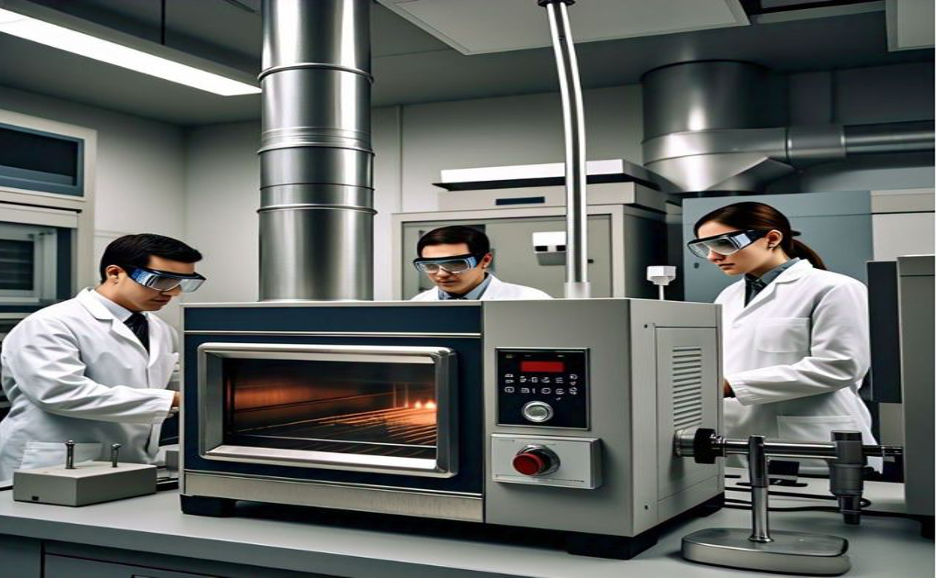Guide to Laboratory Furnaces and Ovens
25th Feb 2025
Laboratory Furnaces and Ovens: Types and Selection Guide
Furnaces and laboratory ovens are essential tools in scientific research, industrial applications, and educational institutions. These devices provide controlled heating for material testing, sample preparation, and various high-temperature processes. They are widely used in fields such as biotechnology, pharmaceuticals, chemistry, metallurgy, and industrial research, where precision and reliability are crucial.

Types of Laboratory Furnaces and Ovens
Laboratory Furnaces
Laboratory furnaces are high-temperature heating devices regulated by thermometers, designed for tasks requiring extreme heat. There are several types of laboratory furnaces, including:
- Muffle Furnaces – Common in analytical chemistry, muffle furnaces burn off organic materials and facilitate ashing, ensuring precise temperature control and even heat distribution.
- Tube Furnaces – Widely used in biotechnology and material science, tube furnaces heat samples inside containers over a gas atmosphere, making them ideal for thermochemistry and sintering applications.
- Ashing Furnaces – Essential in pharmaceutical and environmental labs, ashing furnaces are used to burn samples to analyze organic and inorganic material content.
Laboratory Ovens
Laboratory ovens operate at lower temperatures (typically between 50°C and 300°C) and are commonly used for drying, sterilization, and purification. Different types of laboratory ovens cater to specific needs, including:
- Gravity Convection Ovens – These ovens rely on natural air movement rather than fans. Heated air rises, allowing cold air to enter, making them suitable for gentle drying processes.
- Mechanical Convection Ovens – Equipped with fans to evenly distribute heat, these ovens are ideal for research and pharmaceutical labs where precise curing and drying are required.
- Vacuum Ovens – Designed for heat-sensitive materials, vacuum ovens remove moisture or solvents without oxidation. They are commonly used in biotechnology and chemical research for specialized drying applications.
Choosing the Right Laboratory Furnace or Oven
Selecting the appropriate laboratory furnace or oven significantly impacts safety, productivity, and research accuracy. Several factors should be considered:
- Temperature Range – Laboratory furnaces operate at extremely high temperatures (often exceeding 1,000°C), making them suitable for testing, ashing, and sintering. In contrast, laboratory ovens function at lower temperatures, primarily for drying, sterilization, and purification.
- Accuracy and Uniformity – Consistent temperature maintenance is crucial for reliable results. Tube furnaces and mechanical convection ovens provide superior temperature uniformity due to insulation and airflow management. Vacuum ovens are particularly useful for handling sensitive materials prone to oxidation.
- Capacity and Chamber Size – The volume of samples processed at a time determines the ideal chamber size. Large furnaces and ovens are best for industrial research and large-scale experiments, while smaller units are more practical for individual laboratory tasks.
Conclusion
Laboratory furnaces and ovens play a vital role in scientific and industrial applications by ensuring precise heating conditions for various experiments and manufacturing processes. Understanding the different types, classifications, and selection criteria helps professionals and researchers optimize efficiency, accuracy, and safety in their work. Investing in the right equipment enhances laboratory performance, ensuring long-term reliability and productivity.
